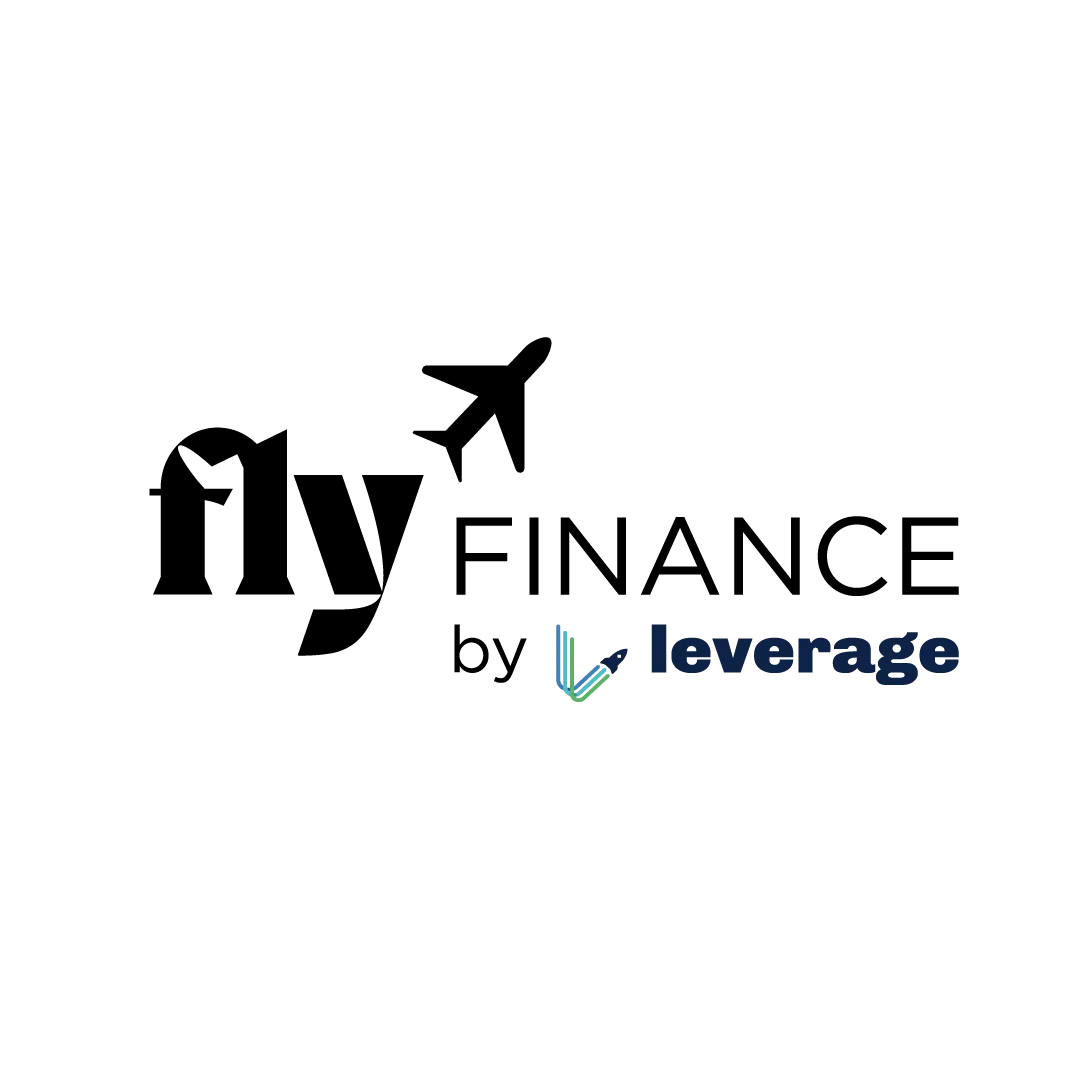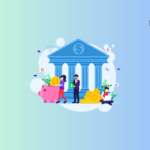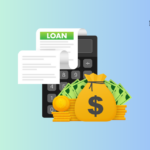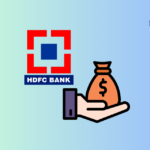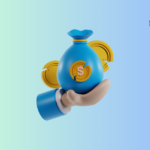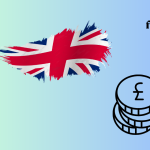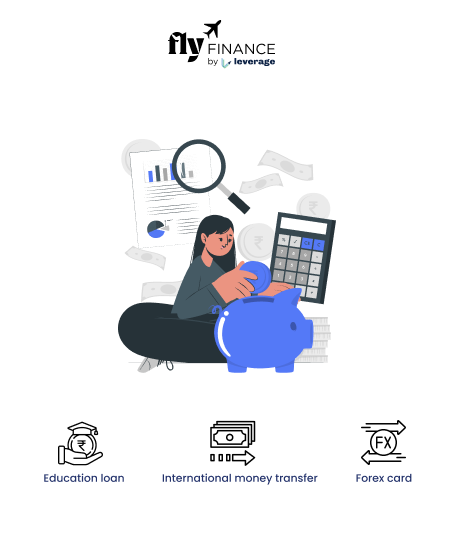Understanding banking terms can make managing finances easier and more effective. One such term you may encounter is “OD,” which stands for overdraft. But what is OD in bank accounts, and how does it work?
This blog explores what is OD in bank, its features, types, benefits, and considerations to help you make informed financial decisions. Lets get started without further ado!
This Blog Includes:
- What is OD in Banking?
- How Does an Overdraft Work?
- Key Features of an Overdraft
- Types of Overdrafts
- Benefits of an Overdraft
- Costs and Considerations With OD
- How to Apply for an Overdraft
- Overdraft vs. Personal Loan: Which is Better?
- Which is Better, Cash Credit or Overdraft ?
- Tips to Manage Overdraft Effectively
- FAQs on Overdraft
What is OD in Banking?
The term “OD” refers to an overdraft, a financial facility offered by banks. An OD allows account holders to access funds and withdraw beyond their available account balance, up to a pre-approved borrowing cap or limit. Essentially, it acts as a short-term loan to cover expenses when funds are low.
Overdrafts are common in both personal and business banking, providing flexibility to manage cash flow. When you use an overdraft, the bank covers the shortfall, but you must repay the borrowed amount, often with interest. Let’s dive deeper into how this facility functions.
- Purpose: It helps cover short-term financial needs, such as paying bills or managing business expenses.
- Availability: Offered on current accounts, savings accounts, or salary accounts, depending on the bank’s policies.
Also Read: HDFC Loan Against Credit Card: Eligibility, How to Apply
How Does an Overdraft Work?
An overdraft kicks in when your account balance reaches zero, but you need to make a payment or withdrawal. When you initiate a transaction that exceeds your available balance, the bank automatically provides funds up to the approved overdraft limit.
You can use these funds through cheques, online transfers, or debit card transactions. Interest is charged only on the amount you use, calculated daily and billed monthly.
Key Features of an Overdraft
Understanding the features of an overdraft can help you use it wisely. These characteristics define how flexible and accessible this facility is for account holders. Here are the key features of OD.
| Feature | Description |
| Approved Limit | Banks set a specific limit based on your account type, income, or credit history. |
| Interest on Utilized Amount | You pay interest only on the amount withdrawn, not the entire limit. |
| Flexible Repayment | No fixed EMIs; repay at your convenience within the limit. |
| Daily Interest Calculation | Interest is calculated daily and added to your account at month-end. |
- Accessibility: Withdraw funds anytime via cheques, ATM, or digital banking.
- No Prepayment Penalty: Repay the overdraft early without extra charges.
- Renewable: Limits are often renewed annually, subject to bank approval.
Types of Overdrafts
Overdrafts come in different forms, each suited to specific needs. Knowing the types available can help you understand what is OD in bank accounts and choose the right one for your situation.
Banks offer overdrafts based on account types or collateral. Whether you’re an individual or a business owner, there’s likely an overdraft option that aligns with your requirements. Below are the main types you might encounter.
Secured Overdraft
A secured overdraft is backed by collateral, such as property, fixed deposits, or shares. This type often comes with higher limits and lower interest rates due to the reduced risk for the bank.
- Collateral: Assets like fixed deposits or property secure the overdraft.
- Higher Limits: Larger amounts are available compared to unsecured overdrafts.
- Lower Rates: Interest rates are typically lower due to collateral.
Unsecured Overdraft
An unsecured overdraft doesn’t require collateral. It’s granted based on your creditworthiness, repayment history, or account relationship with the bank, making it more accessible but often costlier.
- No Collateral: Relies on your credit score and banking history.
- Lower Limits: Limits are smaller than secured overdrafts.
- Higher Rates: Interest rates are generally higher due to increased risk.
Salary Overdraft
For salaried individuals, banks offer overdrafts linked to salary accounts. These are popular for covering short-term expenses before payday, with limits often tied to monthly income.
| Aspect | Details |
| Eligibility | Regular salary credited to the account. |
| Limit | Up to 2-5 times the monthly salary, per bank policy. |
| Interest Rate | Varies, often lower than unsecured overdrafts. |
- Quick Approval: Minimal documentation for salary account holders.
- Flexible Use: Covers personal expenses like bills or emergencies.
- Repayment Ease: Deducted from future salary credits if not repaid.
Benefits of an Overdraft
Why consider an overdraft? The advantages make it a practical tool for managing finances. Exploring what is OD in bank facilities reveals how it can support both individuals and businesses.
Overdrafts offer flexibility and convenience, unlike traditional loans. They help bridge temporary cash shortages without the hassle of lengthy loan applications. Here are some key benefits.
- Instant Access: Funds are available immediately up to the approved limit.
- Flexible Repayment: No fixed repayment schedule; pay back as funds allow.
- Cost-Effective: Interest applies only to the used amount, not the full limit.
- Prevents Cheque Bounces: Ensures payments clear, protecting your reputation.
Costs and Considerations With OD
While overdrafts are convenient, they come with costs that require careful management. Understanding what is OD in bank terms also means knowing its potential drawbacks to avoid financial strain.
Interest rates on overdrafts can be higher than personal loans, especially for unsecured types. Additionally, banks may charge fees for setting up or maintaining the facility. Here’s what to keep in mind.
| Cost Factor | Details |
| Interest Rates | Range from 10-20% annually, depending on the bank and overdraft type. |
| Processing Fees | Some banks charge a one-time or annual fee for the facility. |
| Penalty for Non-Payment | Delayed repayment may increase interest or lead to limit reduction. |
| Monitor Usage | Track your overdraft to avoid excessive borrowing. |
| Compare Rates | Check interest rates across banks for the best deal. |
| Repay Promptly | Clear the overdraft quickly to minimize interest costs |
| Limit Dependency | Use overdrafts for emergencies, not regular expenses. |
Also Read: Education Loan for Online Degree: Best Banks, Features, Eligibility
How to Apply for an Overdraft
Applying for an overdraft is straightforward if you meet the bank’s criteria. Curious about what is OD in bank applications? This section outlines the steps to secure this facility.
Most banks allow you to apply online, through mobile banking, or at a branch. Eligibility depends on factors like account history, income, or collateral. Here’s a general process.
- Check Eligibility: Ensure you have an active account (savings, current, or salary).
- Submit Documents: Provide ID proof, income proof, or collateral details.
- Choose Limit: Request a limit based on your needs and bank approval.
- Await Approval: Banks review your application and set the overdraft limit.
Overdraft vs. Personal Loan: Which is Better?
When deciding between an overdraft and a personal loan, it’s helpful to compare their features. Understanding what is OD in bank contexts versus other borrowing options can guide your choice.
Both overdrafts and personal loans serve different purposes. Overdrafts are ideal for short-term needs, while personal loans suit larger, planned expenses. Here’s a comparison.
| Parameter | Overdraft | Personal Loan |
| Purpose | Short-term cash flow needs | Long-term or large expenses |
| Interest Rate | Higher, on used amount only | Fixed, on entire loan amount |
| Repayment | Flexible, no EMIs | Fixed EMIs over a set tenure |
| Approval Time | Quick, often instant for existing accounts | Longer, involves detailed verification |
- Choose Overdraft For: Temporary shortages, emergency expenses.
- Choose Personal Loan For: Big purchases, debt consolidation.
Which is Better, Cash Credit or Overdraft ?
Cash Credit (CC) and Overdraft (OD) are both short-term financing options offered by banks, but they serve different purposes and suit distinct needs. Below is a detailed comparison to determine which is better, based on their features, benefits, and use cases.
| Parameter | Cash Credit (CC) | Overdraft (OD) |
| Definition | Cash Credit is a short-term loan facility primarily designed for businesses to meet working capital needs, such as purchasing inventory, paying suppliers, or managing daily operations. | An overdraft is a credit facility that allows account holders to withdraw more money than is available in their bank account, up to a pre-approved borrowing cap or limit. |
| Purpose | Primarily for business working capital needs. | For short-term cash flow needs, personal or business. |
| Eligibility | Businesses, traders, manufacturers, etc. | Individuals and businesses with existing accounts. |
| Account Type | Requires a separate loan account. | Linked to existing savings, current, or salary accounts. |
| Security | Secured; requires collateral (e.g., inventory). | Can be secured or unsecured, depending on bank policy. |
| Interest Rate | Generally lower (8-15% annually). | Higher (10-20% annually) for unsecured OD. |
| Limit Basis | The CCL is based on business turnover and collateral value. | Based on account history, creditworthiness, or salary. |
| Tenure | Typically up to 1 year, renewable. | Flexible, often monthly to yearly, renewable. |
| Repayment | Repayable on demand; no fixed EMIs. | Repayable on demand; no fixed EMIs. |
| Fees | Processing fees, commitment charges for unused limits. | Processing fees, annual maintenance fees. |
| Usage Flexibility | Restricted to business expenses. | Can be used for any purpose (personal or business). |
Also Read: Education Loan Extension Letter to Bank
Tips to Manage Overdraft Effectively
Using an overdraft wisely can save you from high costs and financial stress. Knowing what is OD in bank management helps you maximize its benefits while minimizing risks.
Effective overdraft management involves staying within limits and repaying promptly.
Banks often provide tools like mobile apps to track usage. Here are some practical tips.
- Set Alerts: Enable notifications to monitor your account balance.
- Budget Wisely: Plan expenses to reduce reliance on the overdraft.
- Repay Regularly: Deposit funds to lower the outstanding balance.
- Review Limits: Adjust your overdraft limit if your needs change.
Understanding what is OD in bank accounts empowers you to use overdrafts effectively. Whether it’s covering an unexpected bill or managing business cash flow, this facility offers flexibility and convenience. However, careful usage is key to avoiding high interest costs. By comparing options, monitoring usage, and repaying promptly, you can make the most of an overdraft while keeping your finances in check.
FAQs on Overdraft
OD stands for overdraft, a facility that allows you to withdraw more money than available in your account, up to a pre-approved borrowing cap or limit, acting as a short-term loan.
When your account balance is insufficient, the bank covers the shortfall up to the overdraft limit. You can access funds via cheques, debit cards, or transfers, with interest charged on the used amount.
There are a few types of overdraft, which include secured (backed by collateral), unsecured (based on creditworthiness), and salary overdrafts (linked to monthly income).
Interest rates on overdraft typically range from 10-20% annually, depending on the bank, overdraft type, and whether it’s secured or unsecured.
Collateral is required for secured overdrafts but not for unsecured or salary overdrafts, which rely on your credit history or income.
Overdrafts offer flexible repayment and charge interest only on the used amount, while personal loans have fixed EMIs and interest on the entire loan.
Benefits of using an overdraft include instant fund access, flexible repayment, no prepayment penalties, and prevention of cheque bounces.
Yes, some banks charge fees for overdrafts, such as processing or annual maintenance fees, and penalties may apply for delayed repayment.
For overdraft you can apply through your bank’s online portal, mobile app, or branch by submitting documents like ID proof, income proof, or collateral details.
To manage your overdraft effectively, monitor usage with alerts, budget carefully, repay promptly, and review your limit periodically to avoid high interest costs.
OD is better for short-term, flexible needs with quick repayment, as it minimizes interest costs and paperwork. Loans are better for large, planned expenses requiring lower rates and structured repayment.
To learn more about bank accounts for students, the best education loans, forex, banking experience for global students, or international money transfers, reach out to our experts at 1800572126 to help ease your experience with studying abroad.
Follow Us on Social Media
